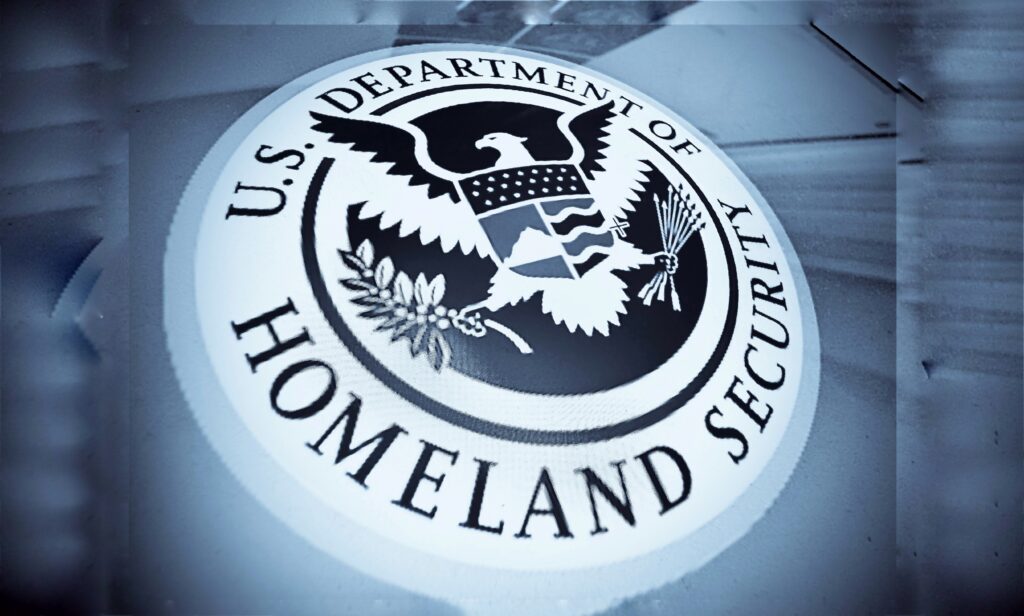Climate Resilience In Spotlight As Record Floods Strike UAE
| By Eliana Pisons |
Unprecedented UAE Flooding a Global Wake-Up Call for Climate Resilience
The United Arab Emirates (UAE) has long been associated with its arid climate and desert landscapes. But recent events have shocked the nation as heavy rains covered the region, causing widespread flooding and chaos. The rains hit particularly hard in Dubai, catching many residents off guard and prompting urgent questions about the UAE’s preparedness for extreme weather events in the era of climate change.
Dubbed as a “once-in-a-generation” storm, the rainfall on April 17, 2024, exceeded the annual average for the entire month in just a few hours. The consequences were immediate and severe, with streets turning into rivers, cars submerged, and flights disrupted. Images of iconic skyscrapers surrounded by water circulated worldwide, highlighting the vulnerability of even the most modern urban centers to nature’s fury.
Urgent Calls for Action to Enhance Resilience and Preparedness
The flooding in the UAE is not an isolated incident but rather part of a global pattern of extreme weather events exacerbated by climate change. Rising temperatures in the Arabian Gulf have led to increased moisture in the air, making heavy rainfall and storms more likely. Coupled with inadequate infrastructure designed for more typical weather conditions, this creates a perfect storm of vulnerability for cities like Dubai.
Experts warn that such events could become more frequent and intense in the future if urgent action is not taken to mitigate climate change and adapt to its impacts. The UAE, known for its ambitious development projects and futuristic vision, must now prioritize climate resilience in its planning and infrastructure investments.
Building a Climate-Resilient Future
One key aspect of building resilience is improving drainage systems and stormwater management to cope with heavier rainfall. Retrofitting existing infrastructure and integrating nature-based solutions, such as green spaces and permeable surfaces, can help absorb excess water and reduce the risk of flooding. Investing in early warning systems, emergency preparedness, and community resilience programs will ensure that citizens are equipped to cope with extreme weather events.
The UAE government has already taken steps to address the issue, including investing in weather monitoring technologies and implementing stricter building codes to enhance structural resilience. However, more comprehensive and coordinated efforts are needed to safeguard the country’s future against the growing threat of climate change.
Photo Credit: NASA Earth Observatory images by Wanmei Liang, using Landsat data from the U.S. Geological Survey.



